I tested LG, Samsung and Sony's elite 2025 OLED TVs side-by-side – here's the one I'd buy with my own money
Which elite OLED TV is best?
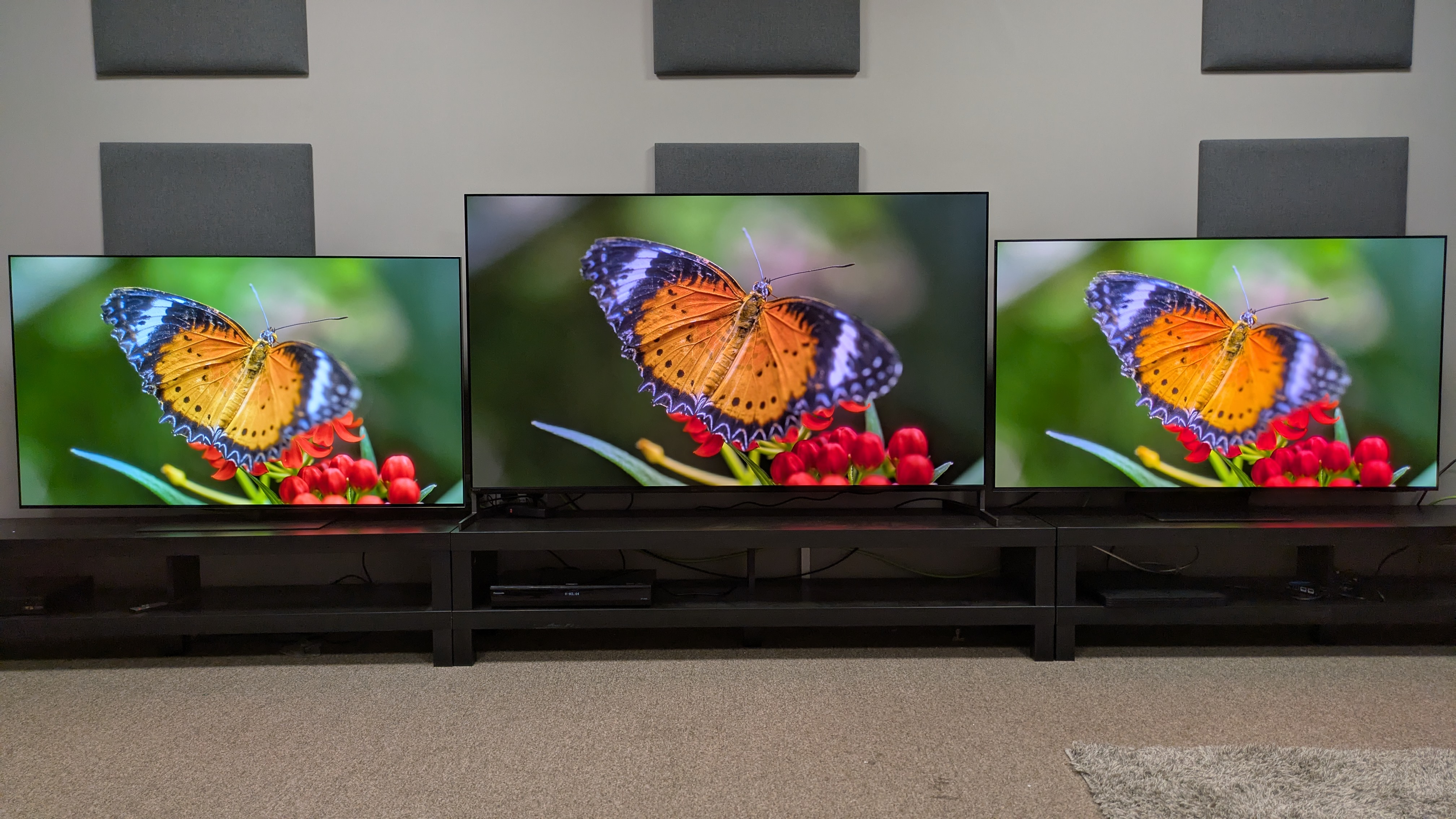
LG, Samsung and Sony have dominated the OLED TV market for years, with LG and Samsung offering the best overall bang for your buck and Sony delivering a premium picture and superior sound, but at an inflated price.
Cut to 2025, and the battle for the title of best OLED TV has never been more competitive. We’ve reviewed the flagship OLED TV for each brand, the LG G5, Samsung S95F and Sony Bravia 8 II, and the results were overwhelmingly positive. Both the G5 and S95F earned five out of five stars in their reviews, and the Bravia 8 II earned four-and-a-half out of five stars in its review.
I’ve already compared the Sony and Samsung QD-OLED TVs side-by-side and the LG and Samsung TVs side-by-side, but recently got to put all three next to one another, with each one displaying the same content, so I could determine which TV I would pick if I had the money to buy one.
A quick note regarding photos: the Sony Bravia 8 II and especially the Samsung S95F may appear to have a red tint across the screen. This is a result of their anti-reflection screen tech, as it reacts with cameras. In real life, this doesn't look as pronounced.
Screen reflections

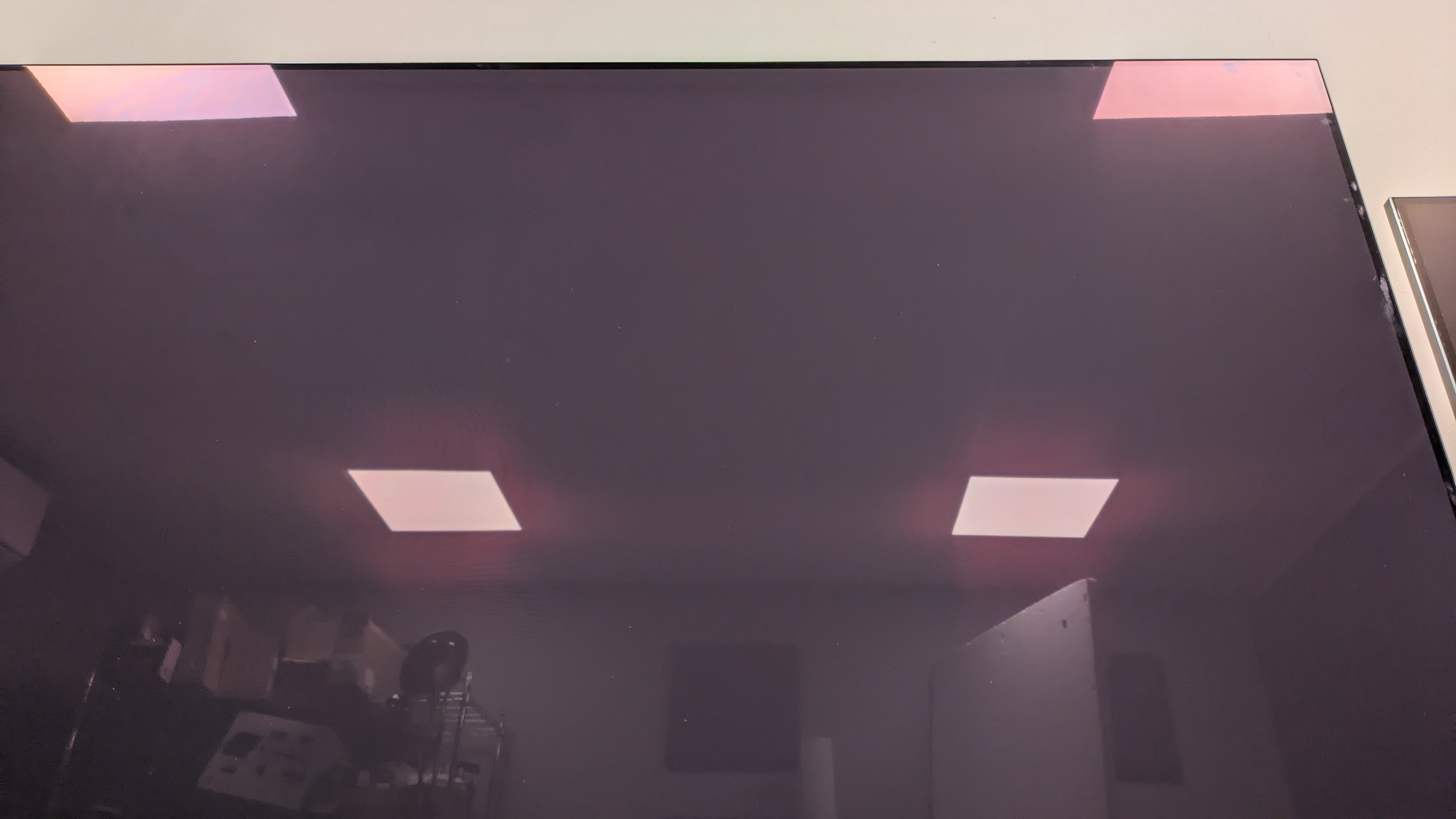
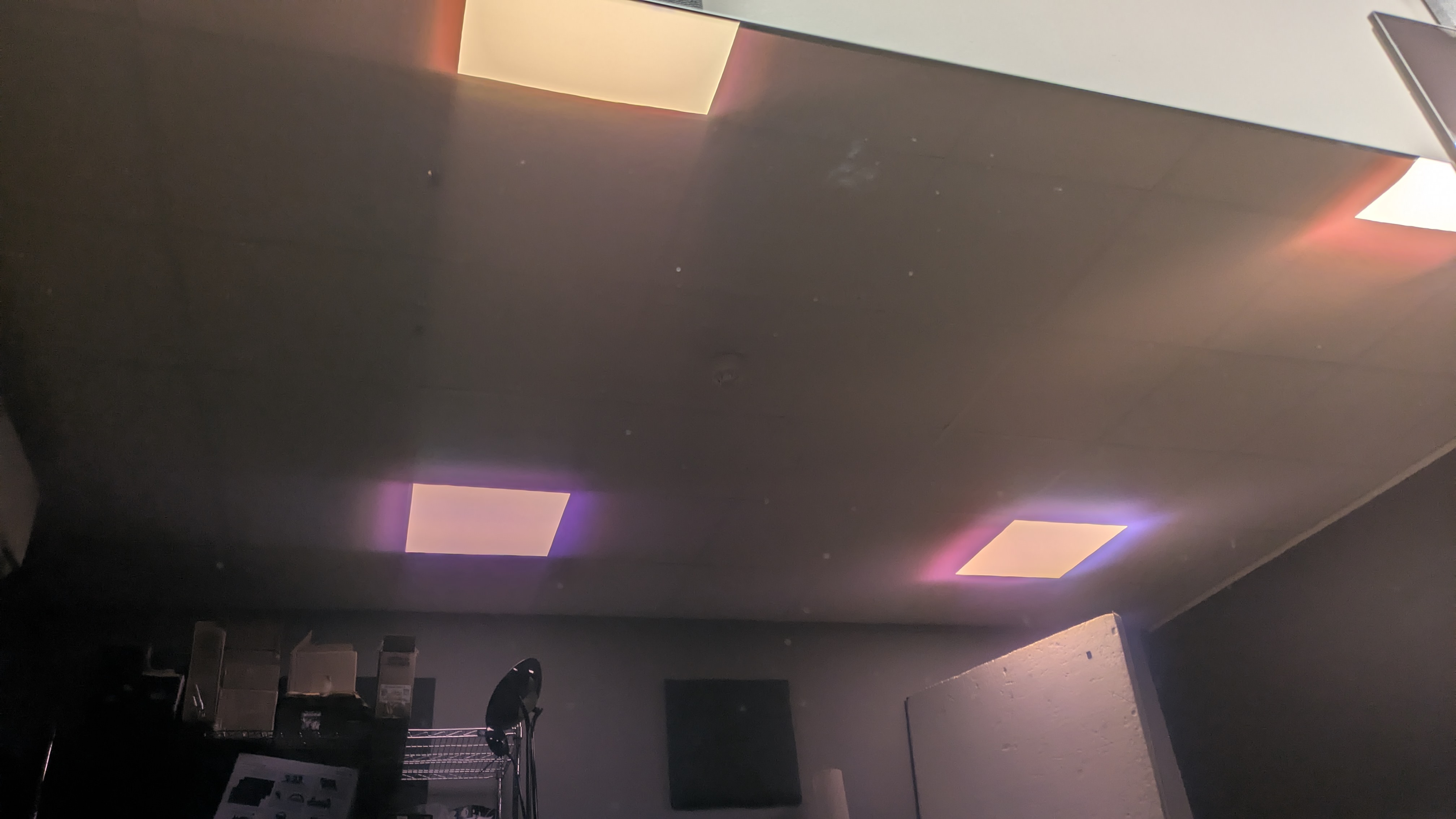
One of the things I appreciated about the S95F’s predecessor, the Samsung S95D, was its OLED Glare Free screen, which eliminated mirror-like reflections. Black levels, however, weren't as rich as I’d hoped. The S95F with its OLED Glare Free 2.0 screen mostly solves that problem by still eliminating reflections while also maintaining rich black levels.
The S95F’s screen means darker movies such as The Batman, Nosferatu and Alien: Romulus look good even in brighter viewing conditions. I knew going into this comparison that the LG G5 and Sony Bravia 8 II wouldn’t fare as well as the S95F in bright room lighting conditions, but I was surprised by the results.
Of the three TVs, the LG G5 with its traditional glossy screen was the worst for reflections. The Bravia 8 II’s anti-reflection screen, in contrast, did a surprisingly good job at limiting reflections.
Sign up for breaking news, reviews, opinion, top tech deals, and more.
Above are three images of the TVs in our testing lab with overhead lights turned on. The S95F is the clear winner, with the Bravia 8 II second and the G5 third, in terms of reflection handling.
Brightness
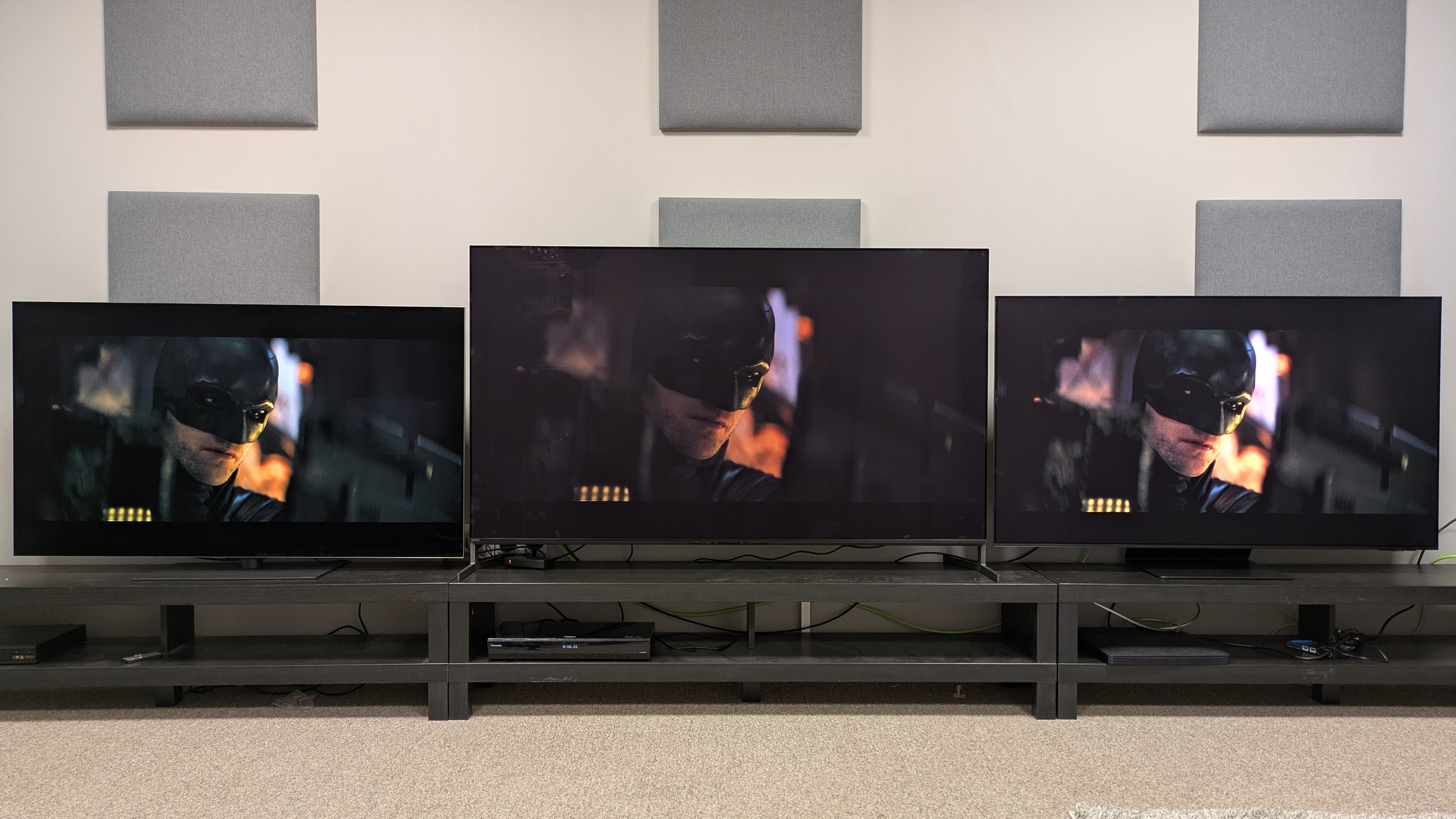
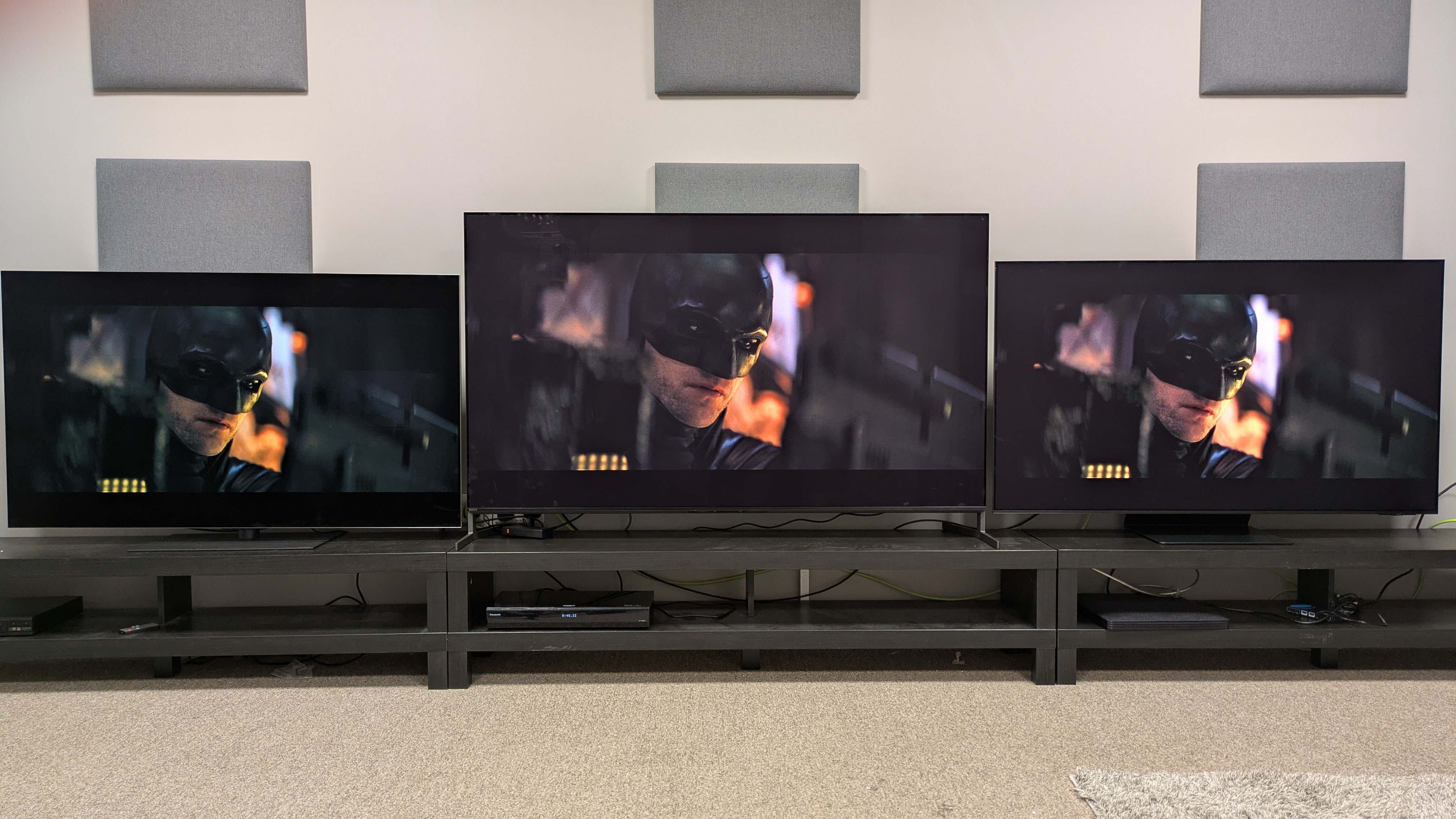
One thing that was immediately obvious in my comparison is that the Bravia 8 II doesn’t have the same brightness as the G5 or S95F, and in fact looks dim in comparison. When we measured HDR peak brightness on the LG G5 and Samsung S95F in Filmmaker Mode, they hit 2,268 nits and 2,132 nits, respectively. The Bravia 8 II, on the other hand, measured a substantially lower 1,439 nits HDR peak brightness in its Cinema mode.
Fullscreen brightness was a similar story. The G5 hit 331 nits and the S95F 390 nits, both in Filmmaker Mode. The Bravia 8 II, on the other hand, only managed 183 nits in its Cinema mode, which seems low for a QD-OLED model. That result is actually lower than the mid-range LG C5 OLED, which hit 199 nits on the same test!
This was with the TVs in their default out-of-the-box settings. The Bravia 8 II has a picture setting called Dynamic Tone Mapping, with two options: Gradation Preferred and Brightness Preferred. If you change from the default Gradation to Brightness, the Bravia 8 II gets a nice brightness boost, as you can see in the same image from The Batman above, where Batman’s face suddenly appears much clearer in the second image, compared to the first image. Using the Brightness Preferred setting, black levels and contrast suffer a little, however, so it’ll come down to your personal taste.
Colors, black levels and contrast
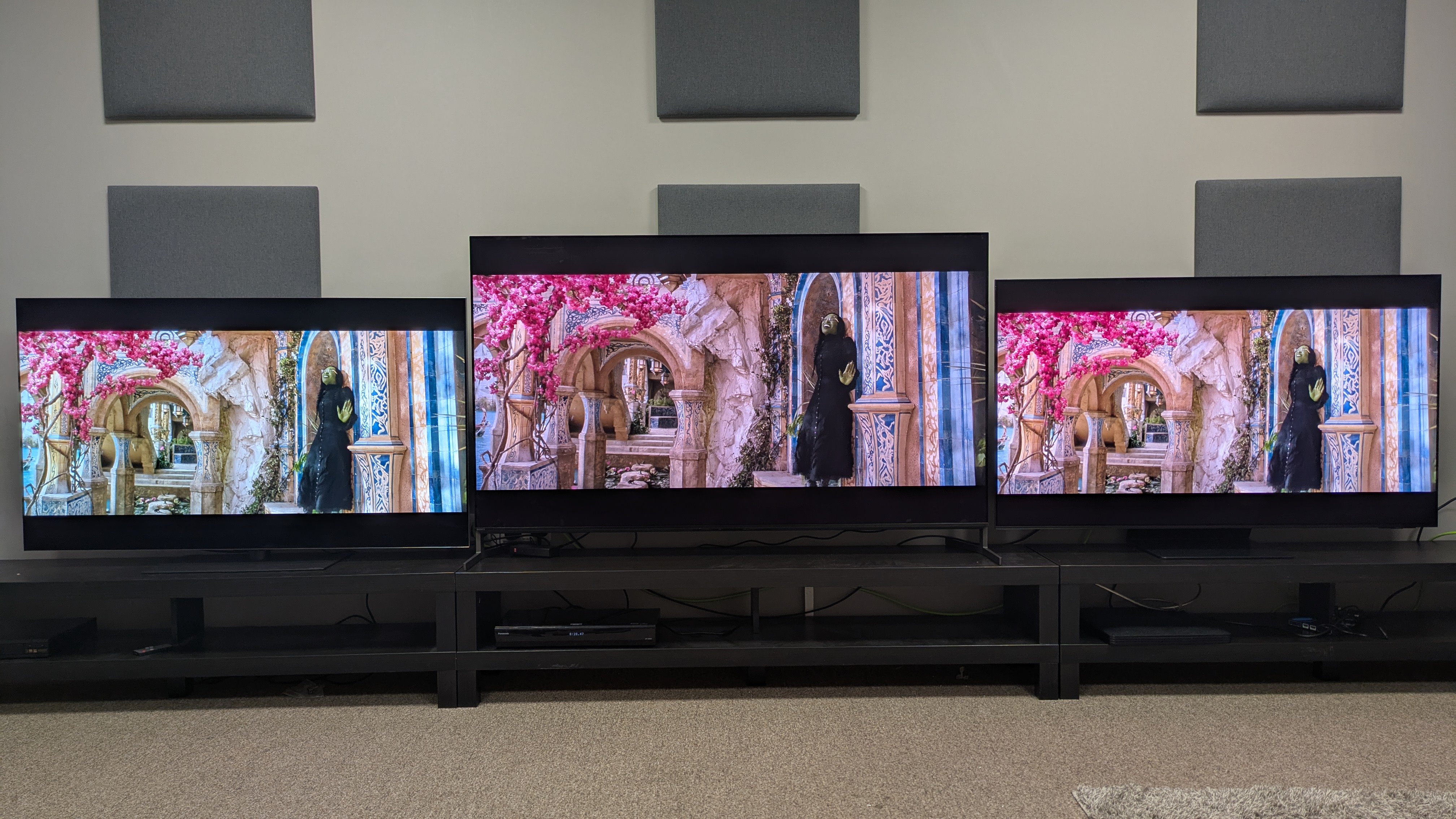
Firing up a 4K Blu-ray of Wicked, it was clear that all three TVs demonstrated excellent color reproduction. The pink flowers, Elphaba’s green skin, and blue details on the beige walls all looked vivid on each TV, though it was clear that the Bravia 8 II’s lower brightness took away some of the shine.
It was a tough call between the G5 and S95F. While the S95F exhibited more dynamic colors thanks to its higher peak brightness, with all TVs set to Movie/Cinema mode, the G5’s stronger contrast and deeper black levels helped generate better color depth. In the end, I found my eye drawn to the G5 the most.
For HDR color gamut coverage, all three TVs hit over 99% of the DCI-P3 color space, so it’s no wonder all three had spectacular color reproduction.
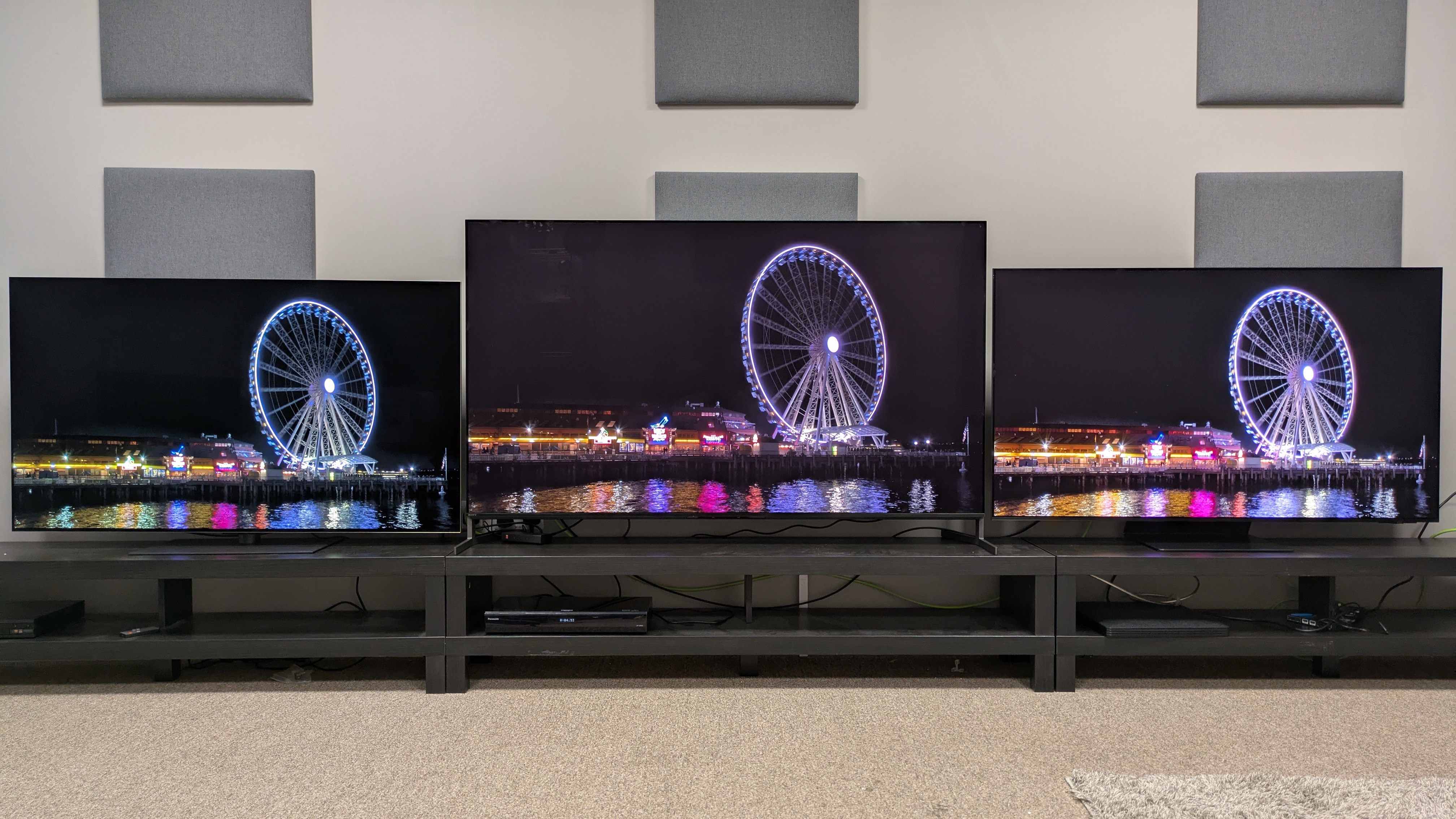
For black levels, there was once again a clear winner: the LG G5. Watching The Batman, particularly the opening subway fight scene and crime scene in the mayor’s home, black levels were strong on all three TVs, but the G5’s were the richest and deepest. Next to the G5, the Bravia 8 II and especially the S95F’s black levels looked raised by comparison, although still deeper than what you’ll find on the best mini-LED TVs.
Contrast was exceptional on all three TVs. Watching 4K discs with especially dark scenes such as The Batman, Nosferatu, and Alien: Romulus, all three sets showcased an excellent balance between light and dark tones. But once again, the G5 and the S95F’s higher brightness resulted in a more impactful picture with stronger contrast compared to the Bravia 8 II.
Sony’s sound
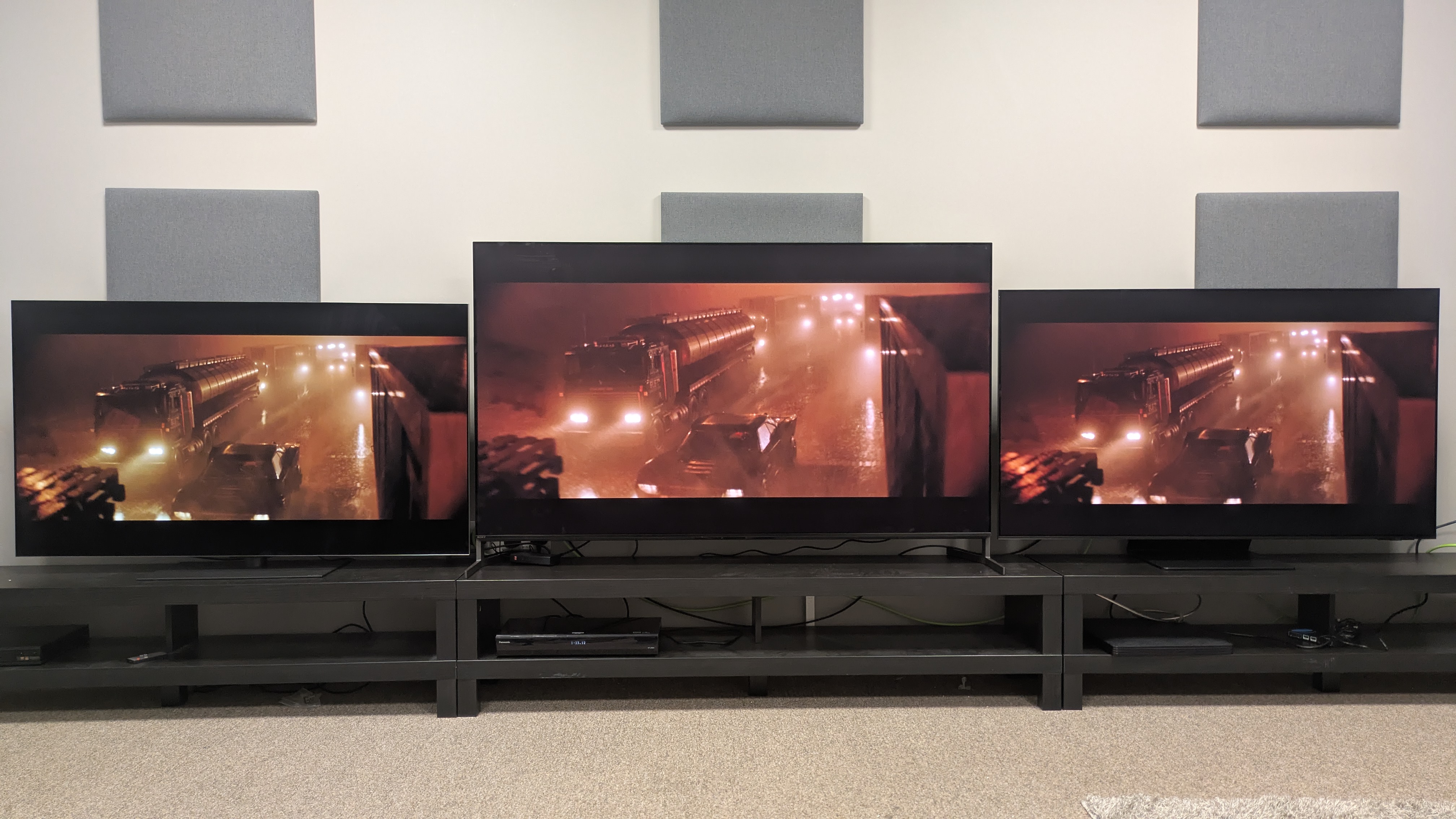
Reading this, it may seem like I’m underwhelmed by the Sony Bravia 8 II compared to the other TVs. But while the Bravia 8 II doesn’t have the same overall visual impact as the G5 and S95F, it’s still a fantastic TV, and it beats the other two in some key areas.
When watching black and white scenes, such as those in Oppenheimer, the S95F and G5’s higher brightness led to a picture with stronger contrast, but I found the Bravia 8 II’s cooler color balance suited black and white scenes better.
The Bravia 8 II also has superior built-in sound. Sony’s TVs often rank among the best TVs for sound, and the Bravia 8 II is no different. Using the Batmobile/Penguin chase scene from The Batman, the Bravia 8 II demonstrated the punchiest bass, clearest speech and most accurate mapping of sound effects, such as screeching tyres and spraying bullets.
While the S95F delivered impactful bass and clear speech, its soundstage felt narrow compared to the Bravia 8 II, with the sound more contained to the screen. The G5’s bass wasn’t as hefty as the other TVs, but it did deliver a wider soundstage than the S95F. Neither could match up to the Bravia 8 II’s sheer power and accuracy, however.
Final thoughts
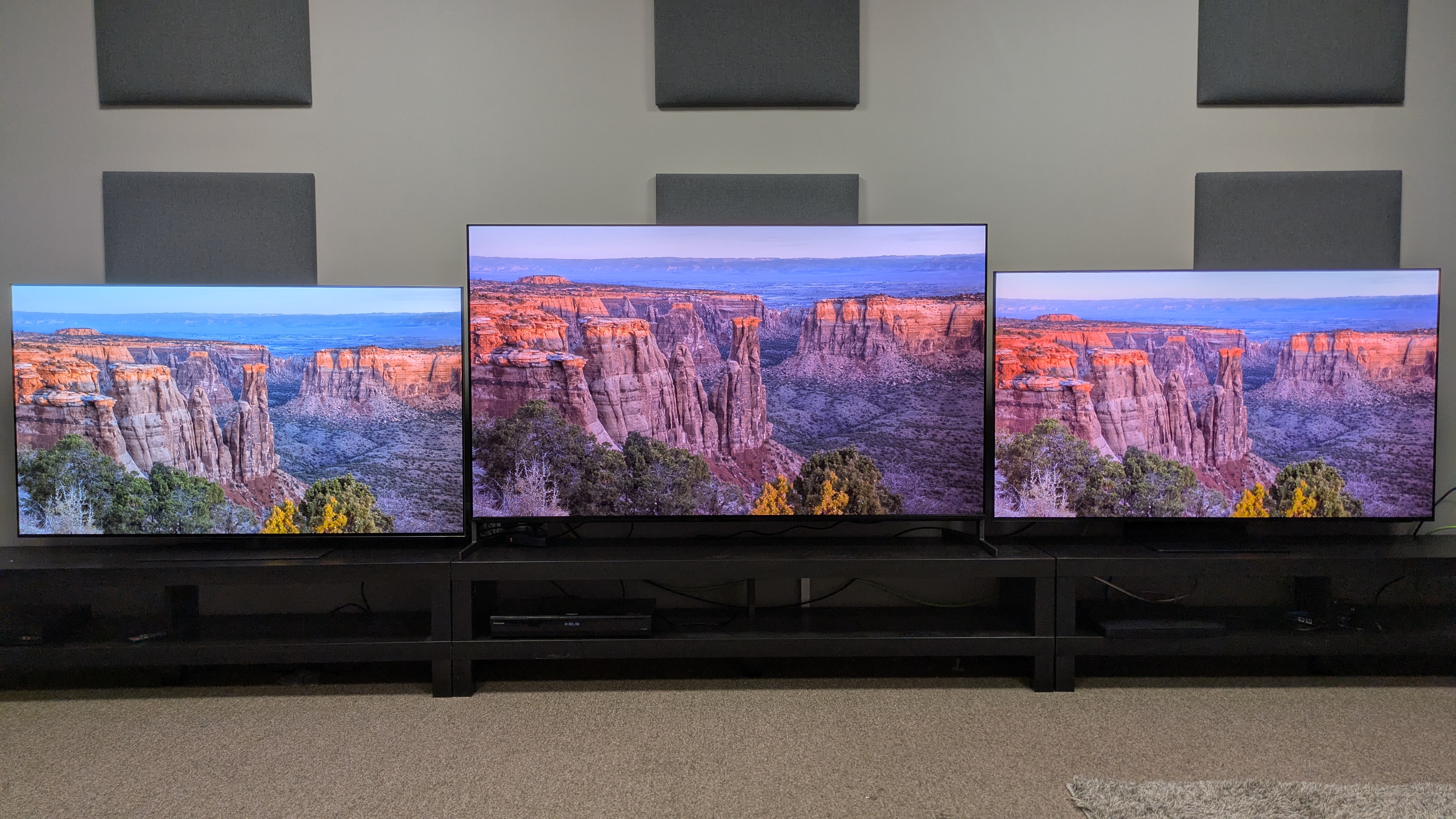
All three of these TVs can be ranked among the best TVs of 2025. They deliver a list of gaming features up there with the best gaming TVs, and have exceptional picture quality and solid built-in sound. Each has its strengths – black levels and picture accuracy on the G5, brightness and Glare Free tech on the S95F, and powerful built-in sound on the Bravia 8 II – but the one TV I would spend my own money on is the LG G5.
You might also like

James is the TV Hardware Staff Writer at TechRadar. Before joining the team, he worked at a major UK based AV retailer selling TV and audio equipment, where he was either telling customers the difference between OLED and QLED or being wowed by watching a PS5 run on the LG 65G2. When not writing about the latest TV tech, James can be found gaming, reading, watching rugby or coming up with another idea for a novel.
You must confirm your public display name before commenting
Please logout and then login again, you will then be prompted to enter your display name.